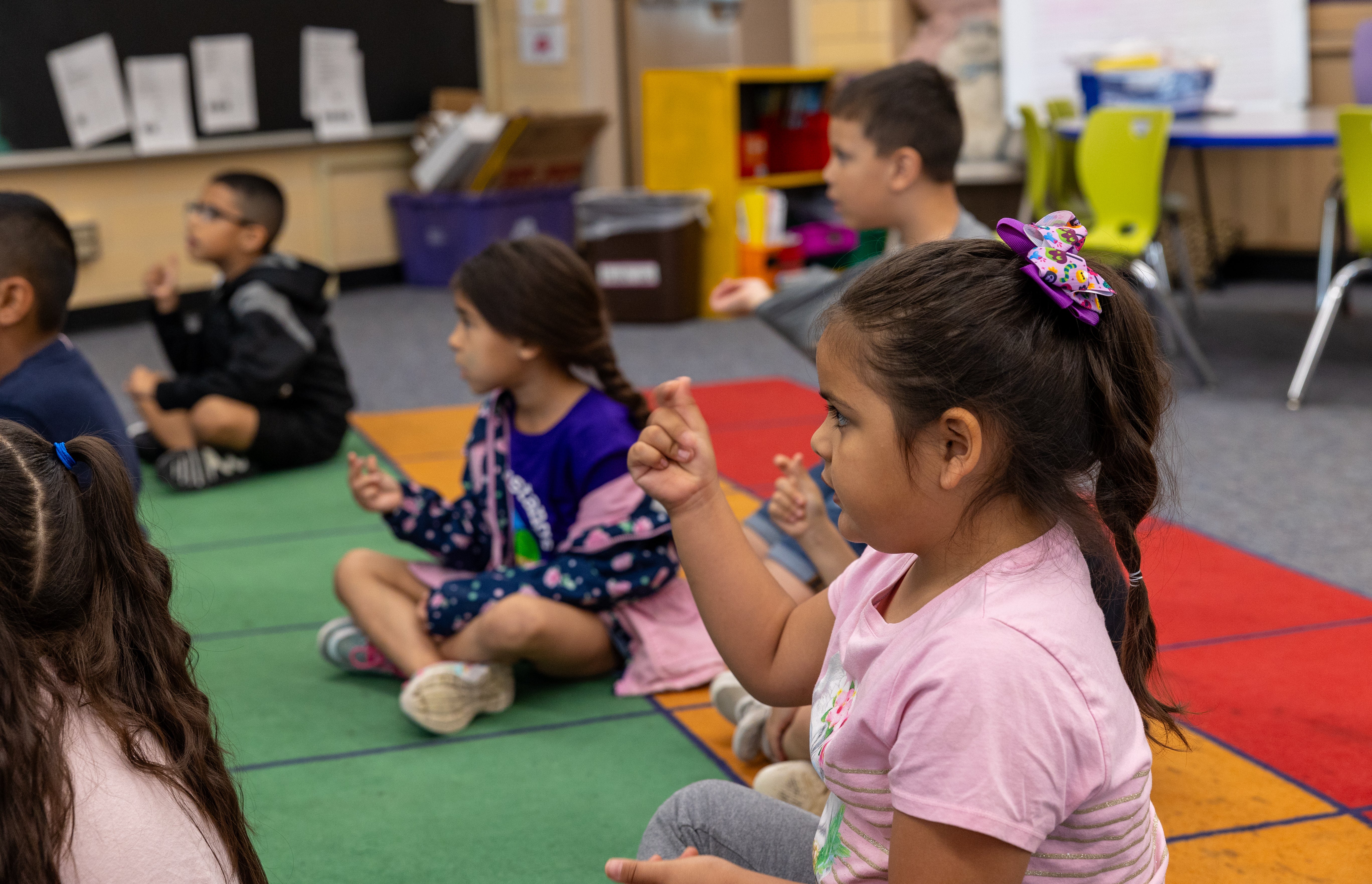The National Summer Learning Project—a collaboration between The Wallace Foundation, the RAND Corporation and five urban school districts—has produced promising evidence that voluntary-attendance summer learning programs can help students succeed in school. But “voluntary” means that districts have to entice families to enroll.
As part of the project, we engaged Crosby Marketing Communications to help the districts participating do just that.
 Crosby conducted focus groups of parents in three cities and found that, while they are motivated by the idea of preparing their children for the next grade, they also believe summer should be a break from the rigors of the school year. The term “summer learning” was not a familiar one, and “summer school” elicited a negative reaction because it evoked a remedial program. Crosby, a firm with expertise in what is known as “social marketing,” worked with the districts to develop social marketing campaigns that would overcome these obstacles. All five exceeded their recruitment goals.
Crosby conducted focus groups of parents in three cities and found that, while they are motivated by the idea of preparing their children for the next grade, they also believe summer should be a break from the rigors of the school year. The term “summer learning” was not a familiar one, and “summer school” elicited a negative reaction because it evoked a remedial program. Crosby, a firm with expertise in what is known as “social marketing,” worked with the districts to develop social marketing campaigns that would overcome these obstacles. All five exceeded their recruitment goals.
A new guide, developed by Crosby, and companion website, presents lessons learned from that successful collaboration and advice to districts interested in launching or improving their own recruitment efforts. We talked to Jeff Rosenberg, an executive vice president at Crosby, about the guide and what he’s learned about encouraging students to attend summer learning programs.*
Why is it so important for school districts to do a recruitment campaign for their summer learning programs?
There are two main reasons. The first is, of course, to motivate parents and students to register. The second is that districts want to engage with the students who can benefit the most. To do that, you have to be intentional in who you reach out to and how you communicate.
What is social marketing? How can school districts use it to recruit for their summer learning programs?
Social marketing refers to using the principles and practices of marketing for the common good, that is, to raise awareness of a social issue or promote positive behavior change. At Crosby we have a lot of experience in social marketing. For example, we developed the U.S. Department of Health and Human Services’ national campaign encouraging people to sign up as organ donors.
By definition, a recruitment campaign for a summer learning program is social marketing. In the case of the National Summer Learning Project, we helped the districts practice what’s known as “community-based” social marketing—using the existing levers in a community to generate behavior change. That involved, for example, relying on the people in the community who are most trusted by parents and students—principals, teachers, and guidance counselors—to deliver the message and promote enrollment.
What were the most essential/effective techniques that the districts you worked with used to recruit students?
What the districts found most important was being consistent and assertive in their outreach. One mailing home was not enough to make a connection. The second thing was using several types of outreach. Sending a flyer home by “backpack express” can work, but as all parents know, those flyers don’t always make it to them, so you don’t want to rely on that one approach. The districts also found phone calls to parents to be effective, as well as recruitment events. Third, engaging directly with students is extremely valuable, whether it’s in the form of an event like a pizza party, a piece of mail addressed specifically to them, or a conversation with a teacher.
Were there any activities that did not prove to be worth the effort or expense?
A couple of districts conducted home visits, and while they certainly yielded some registrations, they may not justify the intense effort they require. Some districts tried raffles. Parents who sent in a registration form were automatically entered to win a prize. These can work, but we suspect that some parents who registered their children didn’t actually intend to send them to the program; they just wanted a chance at the prize.
How can districts use the new Summer Learning Recruitment website to develop a summer learning marketing campaign?
The website is designed so that someone can come in and develop an entire recruitment plan from A to Z. But it can also be a resource for a district that’s already actively recruiting and is just looking for some tips and tools to up its game. There’s guidance on how to develop a written plan. There are also a number of templates from a registration flyer to robocall scripts to talking points that teachers and principals can use when they reach out to parents and students.
Do you have any final advice for school districts?
When parents register their children for your summer learning program, view that as the beginning of a relationship. Follow up with a confirmation letter. Consider a “get ready for summer” event in the spring. Schedule robocalls to remind parents and students when your program starts. You’ll find templates in the guide. It’s crucial to use the time between the end of your registration period and the beginning of your summer learning program to get parents and students excited about what’s to come. That will help boost day one attendance.
*This interview has been edited and condensed.



